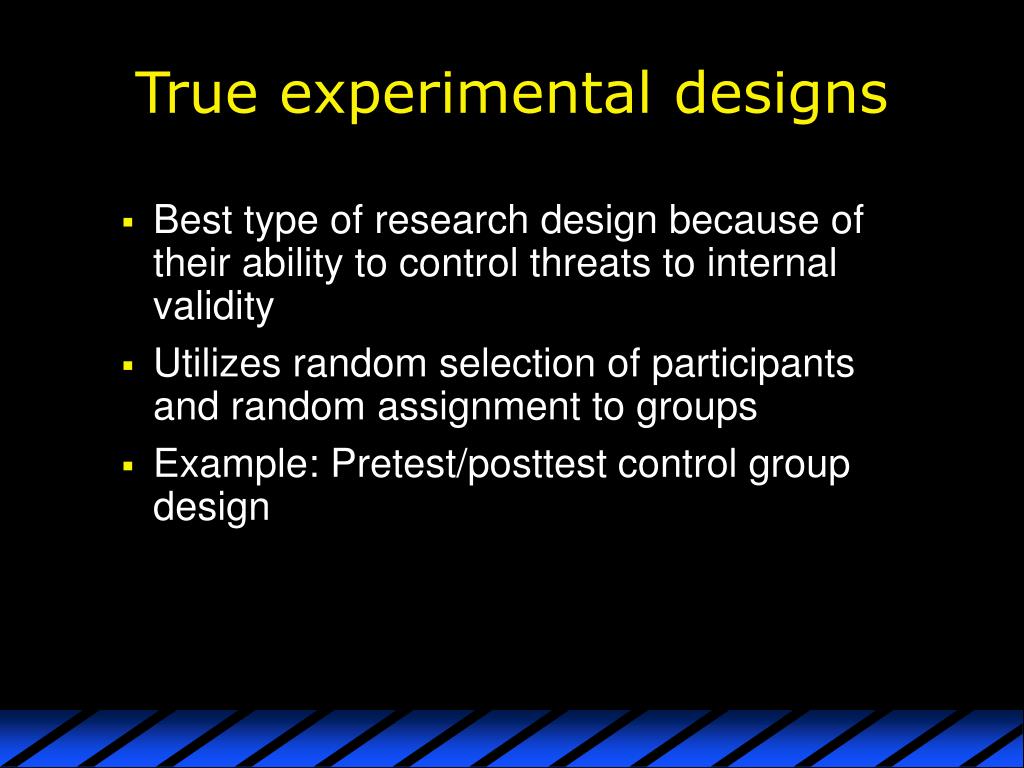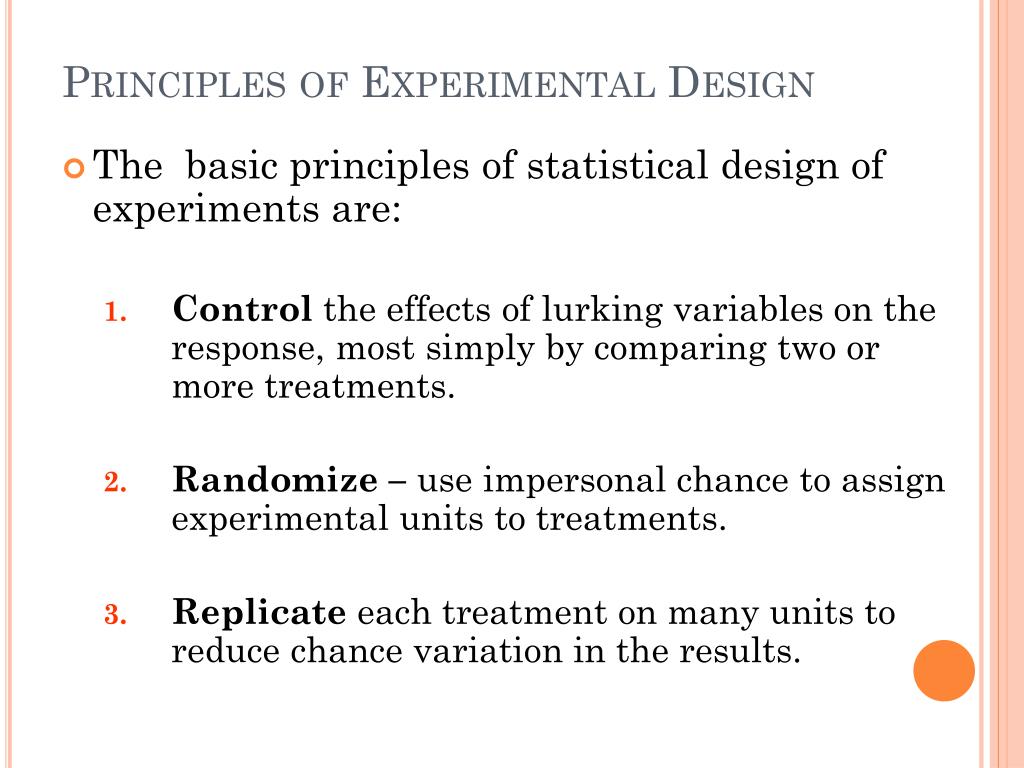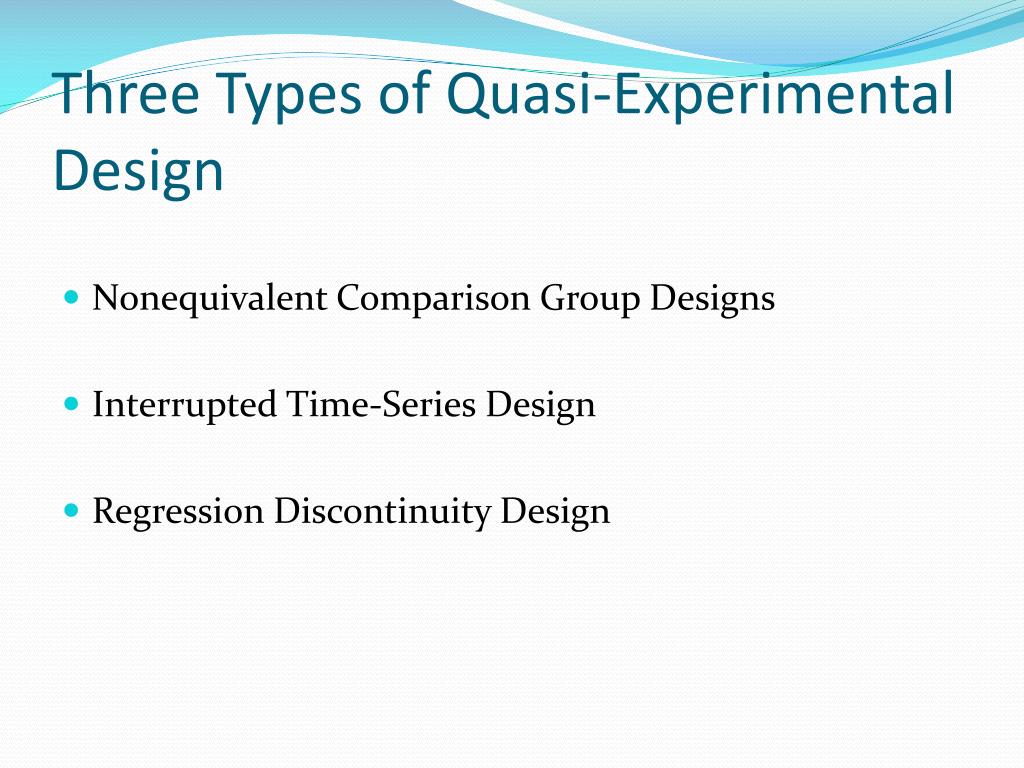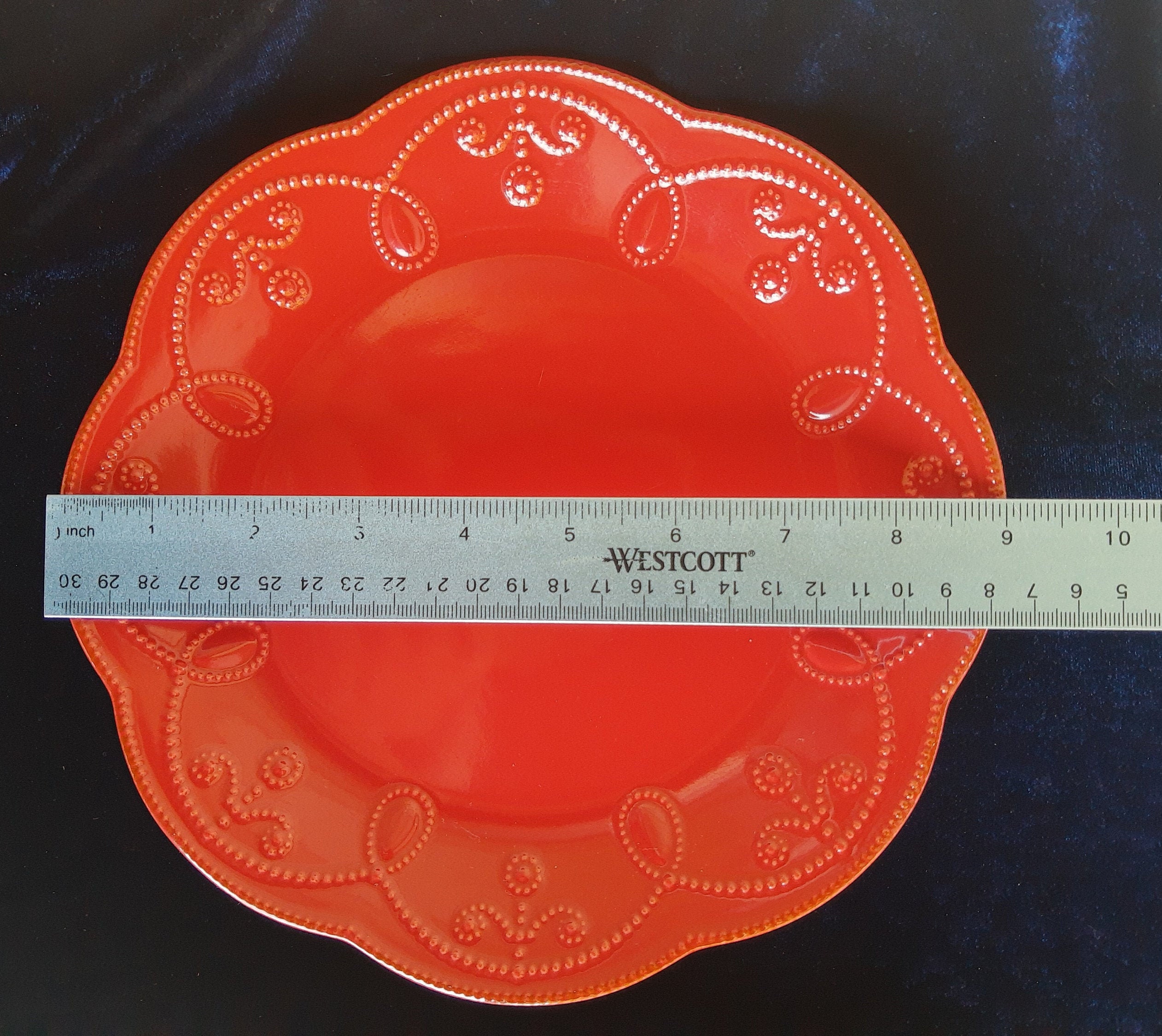
For example, if the effect of aspirin on heart disease is being investigated, the experimental group is the group of individuals taking aspirin. For example, one group may take a pill containing no aspirin, another group consumes one aspirin a day, while a third group may take 2 aspirins a day. For example, if it is surmised that a new medicine reduces the effects of illness from 72 hours to 71 hours, this would not be considered statistically significant.
Prevent plagiarism, run a free check.
Back in the mid-20th century, researchers started noticing that people who smoked a lot also seemed to get lung cancer more often. They couldn't say smoking caused cancer—that would require a true experiment—but the strong correlation was a red flag that led to more research and eventually, health warnings. This design really started to shine in the latter half of the 20th century, when researchers began to realize that some questions can't be answered in a hurry. Think about studies that look at how kids grow up, or research on how a certain medicine affects you over a long period. This design's main selling point is its ability to explore interactions between variables. For instance, maybe a new study drug works really well for young people but not so great for older adults.

Factorial Design
For example, if you are researching the opinions of students in your university, you could survey a sample of 100 students. It’s also important to create a data management plan for organising and storing your data. Probability sampling is the most statistically valid option, but it’s often difficult to achieve unless you’re dealing with a very small and accessible population.
Why Use Experimental Research Design?
Yes, someone probably ran an experiment to figure out what makes a game super fun to play. Experimental research designs are often considered to be the standard in research designs. This is partly due to the common misconception that research is equivalent to scientific experiments—a component of experimental research design.
To translate your research question into an experimental hypothesis, you need to define the main variables and make predictions about how they are related. For each experiment, identify (1) which experimental design was used; and (2) why the researcher might have used that design. However, this design can be complex to analyze because it has to account for both the time factor and the changing conditions in each 'step' of the wedge.
Independent variable (IV)
Typically, the control group is given something called a placebo, a substance designed to resemble medicine but does not contain an active drug component. A placebo is a dummy treatment, and should not have a physical effect on a person. The research methods you use depend on the type of data you need to answer your research question. Before collecting data, it’s important to consider how you will operationalise the variables that you want to measure. In quantitative research, you’ll most likely use some form of statistical analysis.
Within-subjects or repeated measures can also refer to an experimental design where an effect emerges over time, and individual responses are measured over time in order to measure this effect as it emerges. For valid conclusions, you also need to select a representative sample and control any extraneous variables that might influence your results. If if random assignment of participants to control and treatment groups is impossible, unethical, or highly difficult, consider an observational study instead. Pre-Experimental Designs are the basic, no-frills versions of experiments. Researchers still mess around with an independent variable and measure a dependent variable, but they skip over the whole randomization thing and often don't even have a control group.
Dynamic, adaptive sampling during nanopore sequencing using Bayesian experimental design - Nature.com
Dynamic, adaptive sampling during nanopore sequencing using Bayesian experimental design.
Posted: Mon, 02 Jan 2023 08:00:00 GMT [source]
For example, an electric shock or a reading about death might be used as a stimulus to provoke a response. Computerized measures involve using software or computer programs to collect data on participants’ behavior or responses. These measures may include reaction time tasks, cognitive tests, or other types of computer-based assessments. Experimental design is a process of planning and conducting scientific experiments to investigate a hypothesis or research question. It involves carefully designing an experiment that can test the hypothesis, and controlling for other variables that may influence the results.
For example, in the aspirin study, the control group would receive a pill that looks the same as aspirin, but contains no active ingredient (a placebo). Additionally, a useful and particular case of a blocking strategy is something called a matched-pair design. Older women are less likely to be smokers, and older women are more likely to die. Because age is a variable that influences the explanatory and response variable, it is considered a confounding variable. Okay, so using the example above, notice that one of the groups did not receive treatment. This group is called a control group and acts as a baseline to see how a new treatment differs from those who don’t receive treatment.
This method involves observing and recording the behavior or phenomenon of interest in real time. It may involve the use of structured or unstructured observation, and may be conducted in a laboratory or naturalistic setting. Replication involves conducting the same experiment with different samples or under different conditions to increase the reliability and validity of the results. The variable the experimenter manipulates (i.e., changes) is assumed to have a direct effect on the dependent variable. This design is often used in clinical trials involving new medications or treatments. For example, if early results show that a new drug has significant side effects, the trial can be stopped before more people are exposed to it.
In Factorial Design, researchers are not satisfied with just studying one independent variable. Nope, they want to study two or more at the same time to see how they interact. Pre-experimental designs are great for quick-and-dirty research when you're short on time or resources. They give you a rough idea of what's happening, which you can use to plan more detailed studies later. They let you dip your toes in the water of scientific research without diving in head-first.
Let the plant exposed to sunlight be called sample A, while the latter is called sample B. Without a comprehensive research literature review, it is difficult to identify and fill the knowledge and information gaps. Furthermore, you need to clearly state how your research will contribute to the research field, either by adding value to the pertinent literature or challenging previous findings and assumptions. Therefore, the researcher concludes that natural sunlight improves reading comprehension.

Field Experiments are widely used in economics, psychology, education, and public policy. This experiment had a big impact on how cities think about crime prevention. While Field Experiments offer real-world relevance, they come with challenges like controlling for outside factors and the ethical considerations of intervening in people's lives without their knowledge. On the flip side, if the drug is showing promising results, the trial might be expanded to include more participants or to extend the testing period. Imagine you're playing a video game where you can choose different paths. If you take one path and find a treasure chest, you might decide to continue in that direction.
Imagine a study looking at how a new energy drink affects people's running speed. This way, you're really zeroing in on the effect of that energy drink, making the results more reliable. Since researchers aren't controlling variables, it's hard to rule out other explanations for what they observe. It's like hearing one side of a story—you get an idea of what happened, but it might not be the complete picture.
The doctor concludes that there is no need to continue the treatment or conduct a larger study with a control condition. The following are examples of experimental design (with their type indicated). The control group (control treatment) provides the baseline to which the experimental group will be compared. The control group is often a group that receives water or a placebo, or a group that receives the standard treatment.
They were given the same passage of text to read and then asked a series of questions to assess their understanding. We expect the participants to learn better in “no noise” because of order effects, such as practice. However, a researcher can control for order effects using counterbalancing. Repeated Measures design is also known as within-groups or within-subjects design.

No comments:
Post a Comment